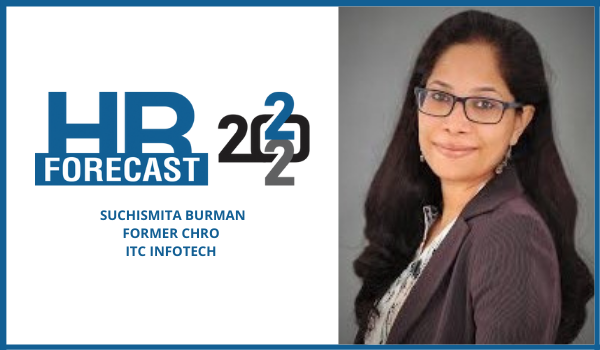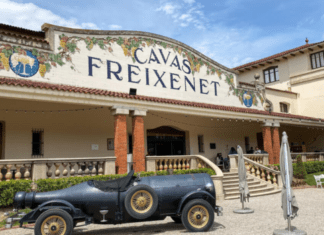A big change in 2022
With high-growth startups and unicorns in the mix, the one big change at the workplace will be the reimagining of relationships at work. With a hybrid and dispersed workforce, culture building will be a key area of re-energising investments, attention and action. It will involve engaged ownership across hierarchy levels to critically look at the efficacy of prevalent practices and organisational values at play. Inclusivity definitions will be key while on this journey. Experimenting with work models will continue and flexibility and adaptability to change will be a constant ask.
Broader strategy to boost DE&I in 2022
Strategies exist. The challenge is how to engrain the strategy and truly make it a DNA. Equity is one of the pillars under diversity, equity and inclusion (DE&I). It requires sustained investment and commitment from the leadership and executive levels in an organisation. With the current attrition levels being witnessed in the industry, it is an opportunity and a point of decision as well. The question is, ‘Do we care?’ If yes, then work must be done. Sponsors and allies must make this a priority and garner organisational support and commitment to use DE&I as an essential pillar to create sustainable employee success stories. Progressive organisations are making this a mandate – it is pushing the thought process to think and behave differently. That’s a good thing.
Marriage between IT & HR: the new power couple
I see it more as a renewed vow. Today’s work landscape requires organisations to be enablers for collaboration, capability building and talent pipeline planning to lead a dispersed and varied workforce.
Organisations are experimenting with various talent models and it cannot be at the cost of data security that impacts the organisation’s own identity and that of client service. The point is really about the ‘make’ vs ‘buy’ decisions on IT investments and time sensitivity in making those decisions. It definitely will require HR professionals to understand the intricacies of technology and how it will impact employee work expectations and also managerial effectiveness to lead virtually. In summary, the synergy and renewed vow can be a great case example of managing organisational change.
“Voice for change amongst employees is a good thing”
Continuous learning to combat resignation and aid retention
I think it will be a strong enabler for employees who are focused on lifelong learning and are willing to stay invested in themselves and not get short-sighted with compensation as the only driving factor.
The motivation to learn is more internal driven as compared to external driven, based on research. What organisations can do is provide a platform for both formal and informal learning (it goes beyond just providing .a learning management system (LMS) or experience management system (XMS), understand learning patterns to enable peer coaching and build a culture that gives learning as much importance if not more, in the performance management process. It takes a lot of courage and will for organisations to embrace learning as a strategic initiative and invest accordingly.
Voice for change among employees getting stronger
Voice for change amongst employees is definitely gaining prominence and it’s a good thing. It shows commitment towards organisations and employees partnering to find solutions and not just looking at problems in a disengaged way. This will help employees understand the challenges in solving a problem. At an organisation level, it helps deconstruct and democratise the decision-making process to involve the ones for whom it matters the most.
Value our content... contribute towards our growth. Even a small contribution a month would be of great help for us.
Since eight years, we have been serving the industry through daily news and stories. Our content is free for all and we plan to keep it that way.
Support HRKatha. Pay Here (All it takes is a minute)



































